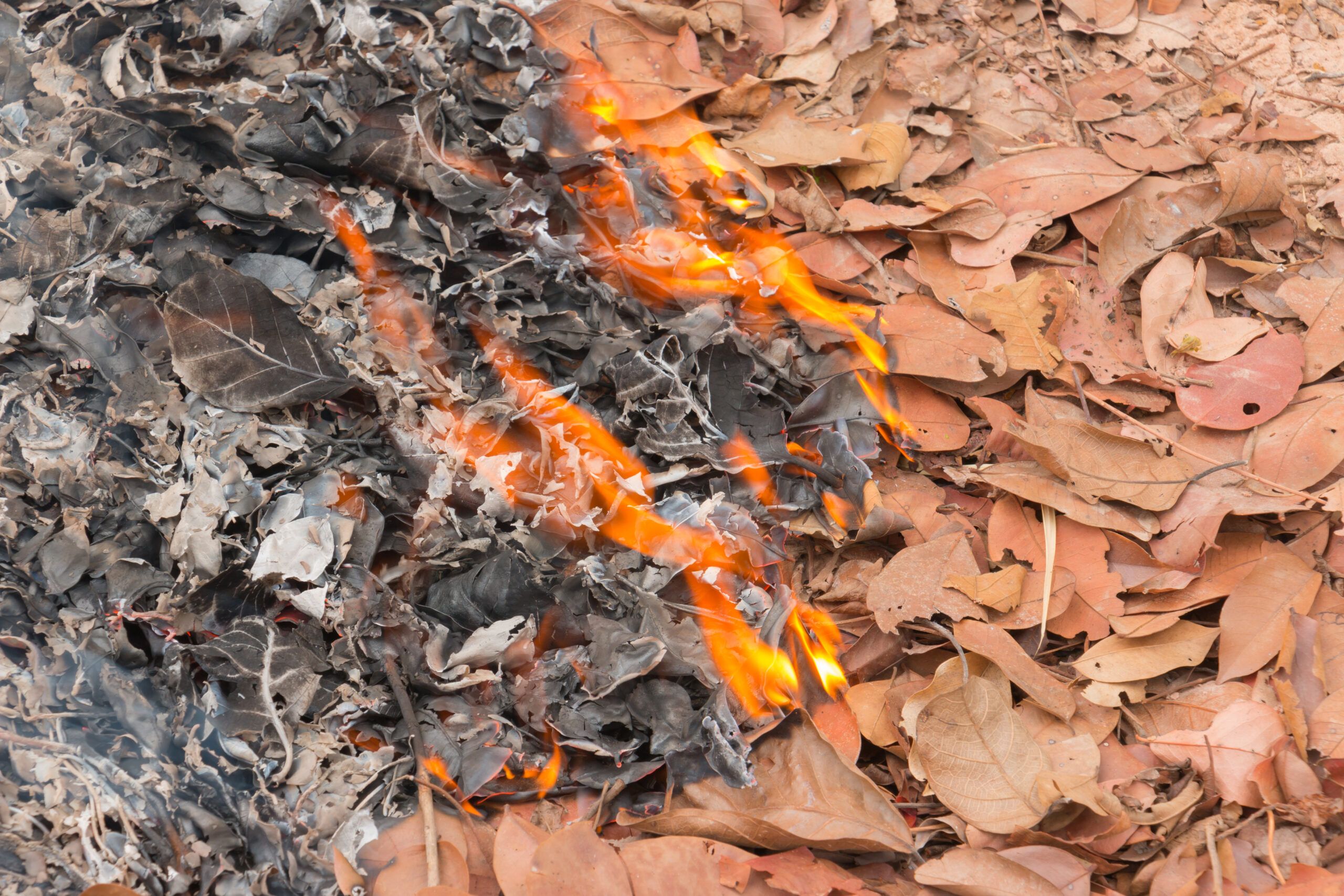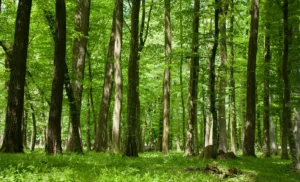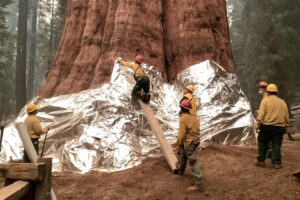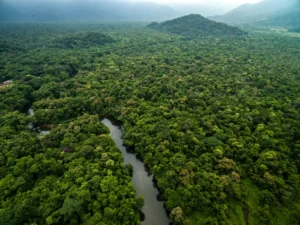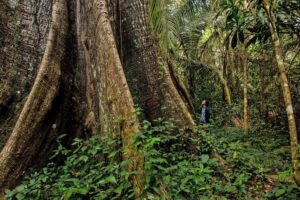Fire is often perceived as a destructive force, but when used strategically, it can be a powerful tool for maintaining the health of forests. Controlled burns, also known as prescribed fires, are planned and managed fires that mimic natural wildfire cycles to benefit ecosystems. According to Dr. Susan Prichard, a fire ecologist at the University of Washington, “Fire is a natural part of forest ecology. Controlled burns can reduce wildfire risks, improve biodiversity, and support the growth of fire-adapted tree species.”
What Are Controlled Burns?
Controlled burns are carefully planned and executed fires conducted by trained professionals under specific weather and environmental conditions. The goal is to replicate the ecological benefits of natural wildfires while minimizing the risks associated with uncontrolled burns. These burns are typically used to:
- Reduce the buildup of dead vegetation and other fuels.
- Improve habitat for wildlife.
- Encourage the growth of fire-adapted plants and trees.
- Prevent large, catastrophic wildfires.
How Controlled Burns Benefit Forests
1. Reducing Fuel Loads
Over time, forests accumulate dead leaves, branches, and other organic matter, creating a fuel-rich environment. This buildup can lead to severe wildfires when ignited. Controlled burns reduce this excess fuel, lowering the intensity and spread of potential wildfires.
2. Encouraging Fire-Adapted Species
Many tree species, such as Ponderosa pine (Pinus ponderosa) and giant sequoia (Sequoiadendron giganteum), have evolved to thrive in fire-prone environments. Controlled burns clear out competing vegetation, allowing these species to regenerate and dominate the landscape.
3. Improving Soil Health
The heat from a controlled burn releases nutrients trapped in organic matter, enriching the soil. This nutrient boost fosters new plant growth, supporting a vibrant and diverse ecosystem.
4. Enhancing Wildlife Habitat
Controlled burns create a mosaic of habitats by clearing dense underbrush while leaving mature trees intact. This diversity supports a wide range of species, from ground-dwelling mammals to birds and insects.
5. Preventing Invasive Species
Fire can act as a natural barrier against invasive plant species, which often outcompete native vegetation. By removing these invaders, controlled burns help maintain the ecological balance of forests.
Examples of Fire-Adapted Ecosystems
Ponderosa Pine Forests
In the western United States, Ponderosa pine forests depend on periodic fires to remain healthy. Without fire, these forests become overcrowded with smaller trees and shrubs, increasing the risk of severe wildfires.
Longleaf Pine Ecosystems
The longleaf pine (Pinus palustris) ecosystems of the southeastern U.S. are one of the most fire-dependent habitats in the world. Controlled burns are essential to maintaining the open, grassy understory that defines these landscapes.
Oak Savannas
Oak savannas, characterized by scattered oak trees and grasslands, rely on regular burns to prevent the encroachment of woody vegetation and maintain their unique structure.
How Controlled Burns Are Conducted
Planning
Controlled burns require careful planning and coordination. Fire managers assess weather conditions, fuel loads, and landscape features to determine the safest and most effective way to conduct the burn.
Execution
Trained professionals ignite the fire using drip torches or other tools, ensuring that it spreads in a controlled manner. Firebreaks—gaps in vegetation that stop the fire’s spread—are established to keep the burn within designated boundaries.
Monitoring
Throughout the burn, fire crews monitor conditions and adjust as needed. Post-burn assessments are conducted to evaluate the effectiveness of the fire and its ecological impact.
Addressing Concerns About Controlled Burns
While controlled burns are generally safe and beneficial, they are not without challenges. Public concerns often center around:
- Smoke Impacts: Smoke from controlled burns can affect air quality in nearby communities. Fire managers mitigate this by scheduling burns when wind conditions are favorable.
- Risk of Escape: Although rare, fires can escape control and cause unintended damage. Rigorous planning and experienced crews minimize this risk.
- Short-Term Effects on Wildlife: While some species may be temporarily displaced, the long-term benefits to habitat usually outweigh these impacts.
The Role of Controlled Burns in Climate Change Mitigation
As climate change intensifies, the frequency and severity of wildfires are expected to increase. Controlled burns can play a critical role in mitigating these effects by:
- Reducing Carbon Emissions: By preventing high-intensity wildfires, controlled burns limit the release of carbon stored in vegetation.
- Promoting Resilient Forests: Fire-adapted forests are better equipped to withstand climate-related stressors, such as drought and extreme heat.
Looking Ahead: The Future of Controlled Burns
The use of controlled burns is gaining momentum as an essential tool for forest management. Programs like the U.S. Forest Service’s Collaborative Forest Landscape Restoration Program aim to expand the use of prescribed fires to improve forest health and reduce wildfire risks.
Dr. Susan Prichard emphasizes, “Controlled burns are not just about reducing wildfire risks; they are about restoring balance to ecosystems that have evolved with fire as a natural process.”
Conclusion: Harnessing Fire for Forest Health
Controlled burns demonstrate that fire, when managed carefully, can be a force for good in forests. By reducing fuel loads, promoting biodiversity, and supporting fire-adapted species, these burns help maintain resilient and thriving ecosystems. As we face increasing wildfire challenges, embracing the science and practice of controlled burns will be key to safeguarding our forests for generations to come.
References:
- Prichard, Susan. (University of Washington). Fire Ecology and Forest Resilience.
- USDA Forest Service. Prescribed Fire and Forest Management.
- National Park Service. Using Fire to Manage Forest Health.
